Making Every Drop Count: How the Jenzen Family Boosted Crop Establishment with SE14®
At Rockdale, their 5,000-hectare property in Cunderdin, Western Australia, the Jenzen family has found a way to make even the smallest rainfall events count. By introducing Agrion’s SE14 moisture attraction and retention agent to their seeding program, they’ve improved crop establishment and plant vigour across a mix of sandy, gravelly, and non-wetting soils. The results are driving not just stronger crops, but also new ideas for precision, variable-rate application in the years ahead.Shape

Key Achievements
-

Fast, Reliable Germination After Minimal Rainfall
Achieved lupin germination within four days following just 5-6mm of rain, even after a dry start.
-

Healthier, More Vigorous Plant Growth
Improved establishment and early vigour helped crops outcompete weeds and recover better from herbicide applications.
-

Yield Gains of Up to 30-40% in Responsive Soils
Consistent results across lupins, canola, wheat, and oats, with visible yield gains in treated areas.
The Challenge
The Jenzens manage a continuous cropping program covering 2,500 hectares of wheat, 800 hectares of lupins, 500 hectares of canola, and the balance in barley and export hay. Around 70% of their land features sandy gravel or yellow sandplain soils, but most paddocks contain three to four soil types, each presenting unique challenges.
One of the most persistent issues has been a non-wetting layer in parts of their soils.
“You can get a nice rain on it and it will be dry underneath, which is always an issue, so we have been working out ways to combat that as cost effectively as possible.”
— Nick Jenzen
To tackle these issues, they had long invested in mouldboard ploughing, spading, deep ripping, and gypsum applications. While these methods improved certain areas, they were looking for additional tools to improve establishment across poorer non-wetting land and unlock more value from their soil amelioration work.

The Solution
To complement their soil management program, the Jenzens began applying SE14 moisture retention agent, initially targeting lupins and canola on their poorer non-wetting soils. They soon expanded trials to include wheat, oats, and other crops, sometimes combining SE14 with liquid nitrogen, potassium, and fungicide.
“There’s been a big improvement with SE14. Plants are definitely more vigorous and it produces a bigger, healthier plant – and I think that is the access to water.”
— Nick Jenzen
They learned that applying SE14 directly with the seed delivered the best results. They used a 50L/ha water rate and trialed 2-3L/ha of SE14, eventually settling on 2L/ha for canola and 2-3L/ha for lupins, depending on conditions.
Overcoming Viscosity Challenges

Seeding and Fertiliser Setup
The Jenzens’ seeding program is completed with an 18-metre Ausplow DBS bar on 25cm tyne spacings, coupled with a 24,000-litre Ausplow Multistream airseeder.

Their fertiliser program applies an 80:20 MAP and Muriate of Potash blend at 65kg/ha, split 60% at depth and 40% with the seed, alongside 100kg/ha of sulphate of ammonia for canola.
Seeding rates include:
- 80kg/ha for wheat and barley
- 120kg/ha for oats
- 2kg/ha for canola
- 100-120kg/ha for lupins, adjusted by soil type and germination test results
Nick noted that in less non-wetting or ameliorated paddocks, they could reduce seeding rates slightly when using SE14.
The Results
The Jenzens recorded outstanding results in the previous season. After 50-80mm of summer rain, they achieved lupin germination within four days after just 5-6mm of follow-up rain.
“That was pretty impressive and it carried through with real good establishment and the lupins actually went quite well.”
— Nick Jenzen
Trial strips without SE14 showed just 10 plants/m², compared to 30-40 plants/m² in treated areas.
“The difference in plant numbers was massive.”
— Nick Jenzen
The stronger, more even establishment also helped crops outcompete weeds and recover faster from any knockback caused by herbicides. Yield improvements ranged from 5-10% on less responsive soils to 30-40% on more responsive paddocks, confirming SE14’s value across their system.
Looking ahead, the family sees potential for variable rate SE14 applications, guided by soil mapping and chemical analysis to fine-tune their management zones.
“We have started to vary the rate of gypsum and lime and we will continue as we gather more data and the technology is easy to set up.”
— Nick Jenzen
With SE14 now firmly part of their program, the Jenzens are ready to continue refining their approach for even greater returns in the seasons ahead.
SE14® is a registered trademark of Agrion Crop Solutions Pty Ltd.

